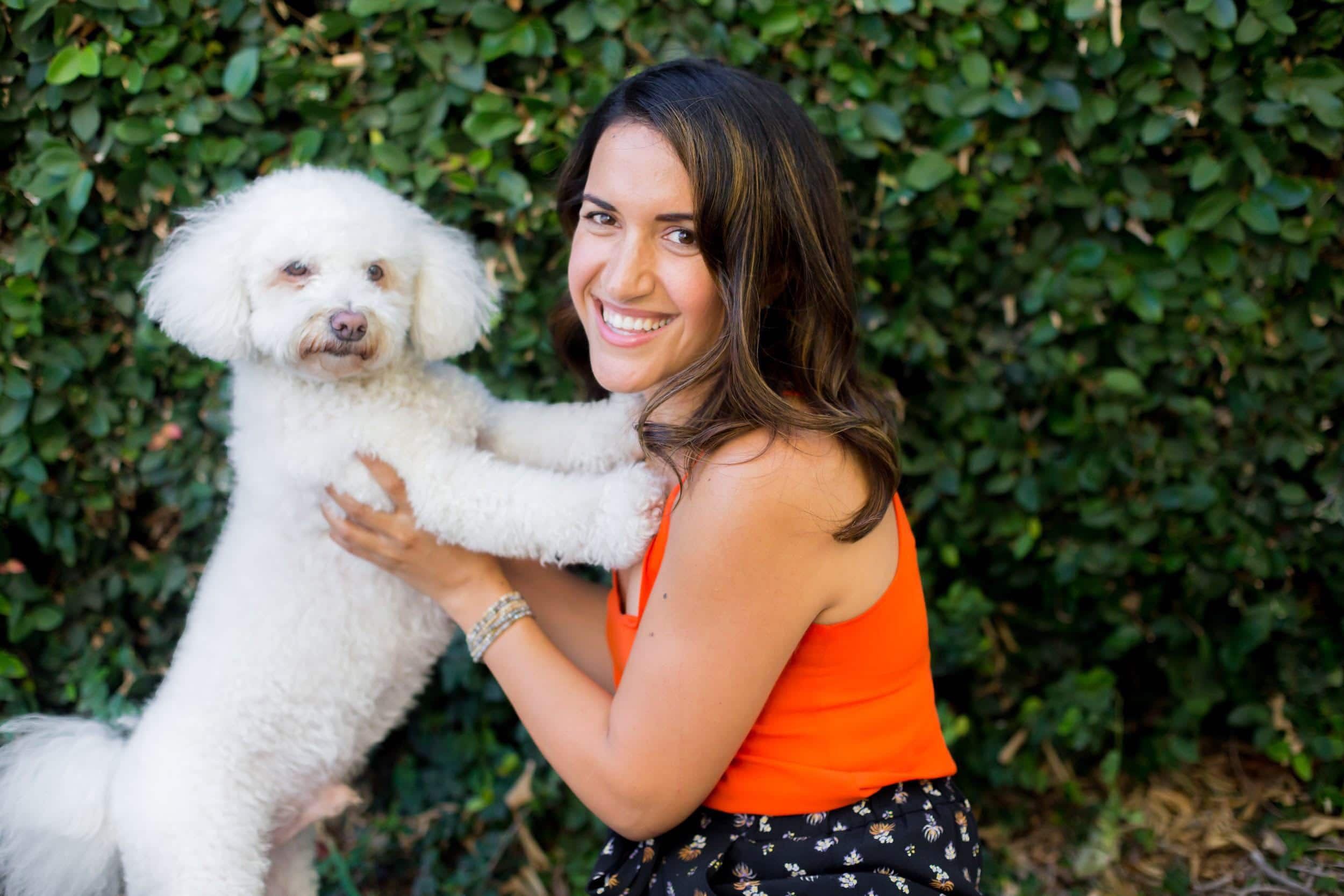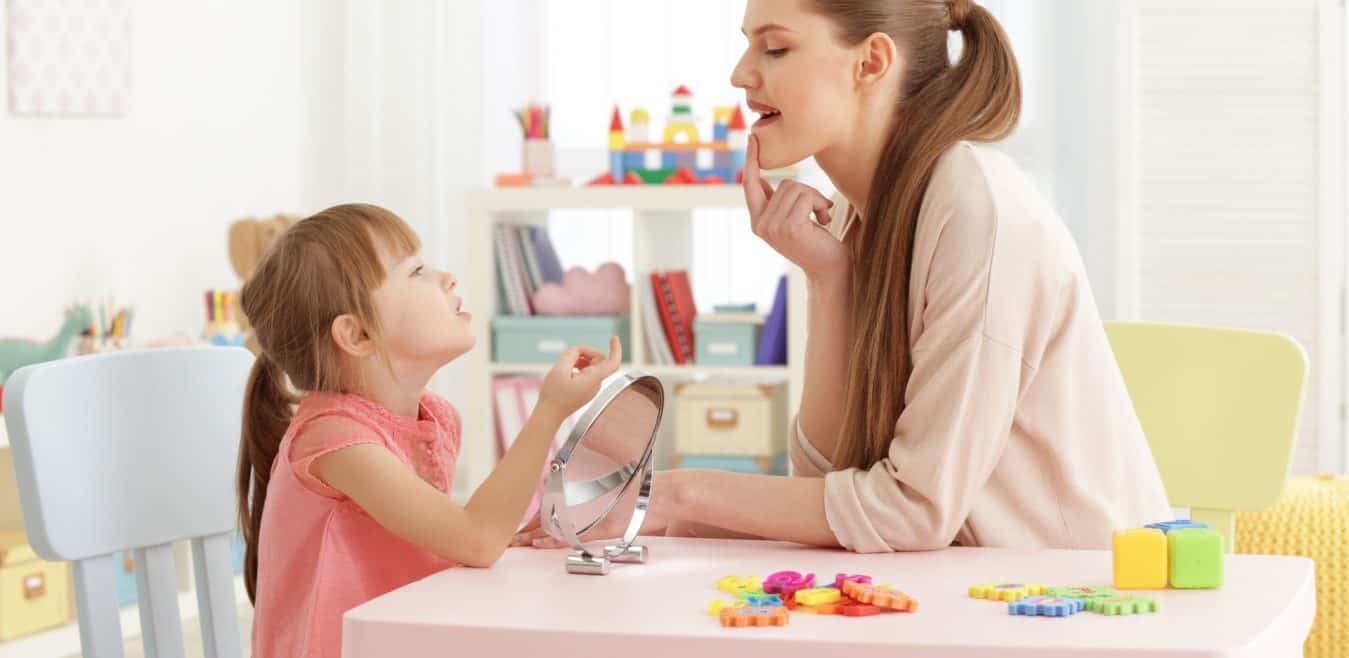Tips on How to Increase Your Kiddo’s Word Combinations
The moment your little one says their first word is filled with magic, so much excitement and a whole new world of opportunities. Childhood speech and language development is highly individualized and includes so many layers. This development of speech, language and communication helps pave the way for deeper connections for you and your child.
Your little one has spoken their first word and now you are so excited for what is to come. So, what comes next? What can you do to help move words into phrases and sentences?
Using a Variety of Words
In order for you little one to begin combining words, they need to have a variety of word types. Typically, our little ones first learn nouns; they are labeling things in their environment and pictures in books, but they aren’t yet combining words. Well, in order begin combining words, we need to make sure your kiddo has an understanding of various word types (including verbs, adjectives, spatial concepts, and more). For example, if your little one is only using nouns, they wouldn’t be able to say “dog dog” and effectively communicate their wants and needs. However, if they wanted to indicate to you that they want the brown dog they would say “brown dog.” Remember, the understanding of language always comes before the expression so you want to make sure your little one has an understanding of various word types before expecting them to use it.
Typically, your child should begin combining two words together between 18-24 months of age. This is also known as telegraphic speech: when your child is combining a noun and a verb (i.e. mommy eat, sleep baby). Many children can use about 40 verbs by 24 months of age. If your toddler isn’t there, don’t worry! The first step is making sure your child understands verbs. You can practice this through flashcards, following directions and everyday routines. The second step would be to begin modeling and narrating verbs and other word types throughout your daily routines and create the opportunities to use them.
In addition to nouns (people, places, things) and verbs (run, sleep, go, want), some other word types include:
- Adjectives (hot, big, yellow, fast)
- Prepositions (in, out, on, under)
- Social Words (hi, bye-bye)
- Pronouns (me, I, you, mine)
- Requesting (more, again, all-done)
- Negation (no, can’t, don’t)
How Do I Know My Child is Ready to Combine Words?
You know your child is ready to combine words when they have two ideas that they want to express. For example, if your little one wants you to pick them up and says “mama” to get your attention (idea 1) and then puts their arms up (idea 2), then they are ready to begin combining words. Your little one is pairing a word with a symbolic gesture and their message has two ideas: 1) to get your attention and 2) to get you to pick them up.
- Modeling
- Expanding
- Giving Choices
- Using Gestures
- Repeating
Check out my 25 tips to expand your little one’s language to discover more details on how to expand your little one’s language.
Fun Activities to Get you Started
I always tell my families, expanding your child’s language should be something that is happening naturally and believe me when I say, the opportunities are happening every day, all the time. Below are some fun activities you can use as part of your daily activities:
- Create a fun washing/bathing game. You can do this during bath time or during play by filling up a bucket with water and grabbing a bunch of toys. Target the verb “wash” and describe what you are doing. For example: “wash hands,” “wash head,” “wash feet.”
- Use the words your child already knows. If your child has a variety of nouns, use what your little one already knows and create opportunities to expand to phrases and sentences. For example, when your child is requesting “cookie” for snack, give them small pieces of the cookie each time. Then model “more cookie” or “want cookie.” If your child is already at this phase, then increase it to “I want cookie” or “I want more cookie.”
- Create a “bye-bye box” or “gone box.” Get a box or bin and while you are cleaning up activities/toys, have your child put the object in the box while saying “bye-bye teddy,” or “teddy gone.” You can also use this activity to include prepositions such as “teddy in” or “teddy in box.”
Always make sure you are encouraging your little one, expanding on their current words, and providing them the opportunities to use more word combinations. If you are wondering if there are more ways you can help support your little one’s speech and language development and if they are developing on track for their age, you can book a screening appointment with me today!

Sholeh Shahinfar, MA, CCC-SLP, RYT
Sholeh Shahinfar is the founder of Valued Voices, and a licensed Speech Language Pathologist, Child Communication Specialist and Certified Oral Motor Therapist. She is passionate about uplifting children’s voices in the world and inspiring self-expression. In her free time, she loves going to the ocean, exploring nature with her pup Kobe, and spending time with her family and friends!

